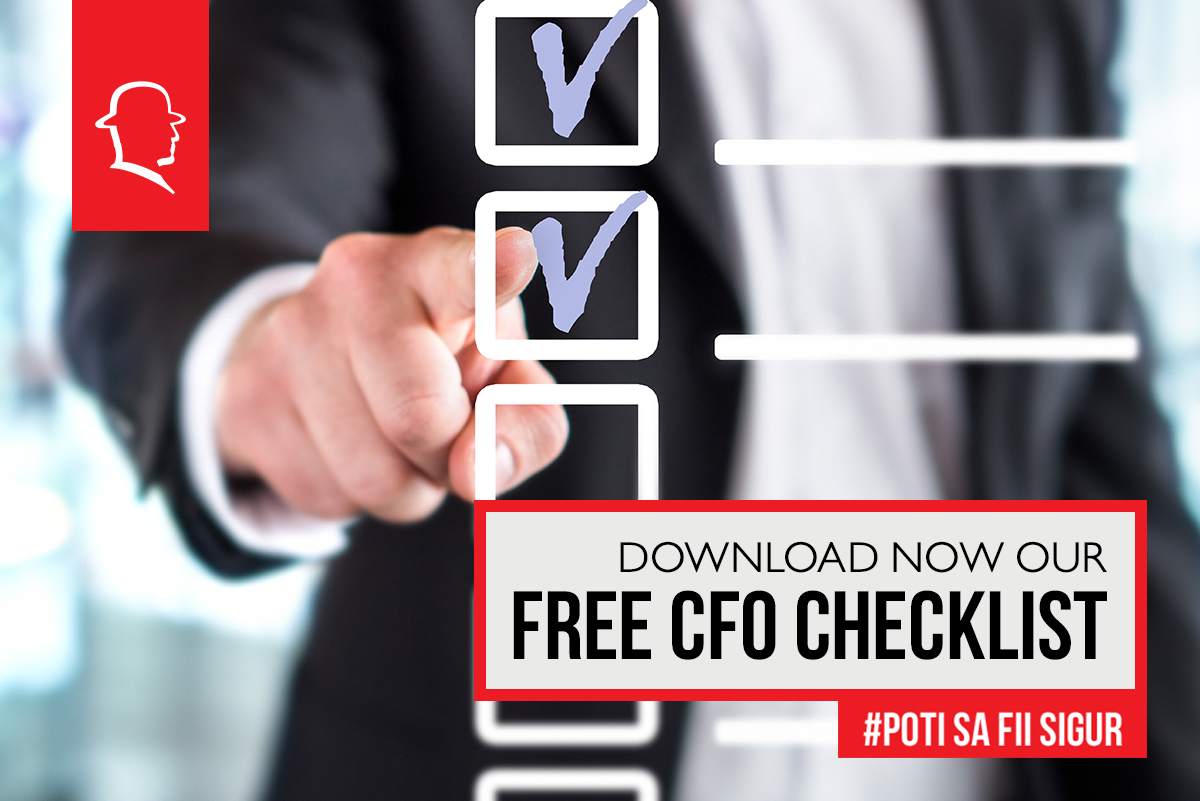 As a CFO, your role in the organisation can be sometimes a very complex and demanding one. How you project the long-term financial picture of your company and achieve safe growth should be the attributes of a great CFO. How do you face the challenges in keeping a good cash-flow while granting additional credit limits or extending the existing ones in your company?
As a CFO, your role in the organisation can be sometimes a very complex and demanding one. How you project the long-term financial picture of your company and achieve safe growth should be the attributes of a great CFO. How do you face the challenges in keeping a good cash-flow while granting additional credit limits or extending the existing ones in your company?
The big pressure is to sell more, either granting payment terms to your clients or applying credit limits; but this comes with high risks of not cashing in your invoices. However, having a good company credit management process will eliminate a lot of headaches and lower these risks. Here are the most important elements to define your credit management strategy:
- Credit risk assessment.
First, you need to decide how much risk you are willing to keep and, based on this, set the trading conditions with your clients and customers. But you cannot do this if you don’t know their credit score. That’s why we recommend checking your customers first before extending them a credit limit. Irrational beliefs like you’re trading with them for a long time already or they’re part of an international group are not self-sustainable anymore. You need to get an advised opinion and periodically check-up on them. If they get a good credit scoring, then you can proceed with extending their credit limit or signing a new contract.
- Monitoring
Having a contract signed doesn’t mean that the initial financial situation or the health of your client will stay the same over the time. Thus, it’s important to constantly keep an eye on their situation and determine if they still meet your conditions. Ask periodically for their financials, investigate information sources on their management structure and Register of County Court Judgments (CCJs) situation. An important change in their situation should determine you to make decisions regarding your risk appetite when trading with them.
- Invoicing and following payments.
How you invoice your customers, in terms of promptness and accuracy, is the first step in keeping a good cash-flow. Then you need to follow up non-payment to reduce the days outstanding for payments due. You need to be prompt and active on collecting your receivables, as the debt is getting older the efforts of collecting it are increasing. An Accounts Payable Automation, an ERP or an up-to-date computerized system will be a real support for improving your accounts receivable performance and boosting your cash-flow.
- Risk mitigation.
You need protection for your account receivables when your client doesn’t pay on time or fails to pay at all. It could be bad faith or an independent reason for non-payment, but this will affect your business either way. There are a few tangible collaterals that you can use to get protection for your account receivables such as letter of credit, bank guarantees, escrow accounts, payment bonds or trade credit insurance. The last one is the most complex solution that covers the payment default when trading and strengthens your credit management processes. An insurance policy is not only a risk protection financial instrument but also gives you confidence to extend your trading relationship with your customers. It gives you peace of mind to grow your business by enabling you to sell more in safe conditions.
Do you get the best potential from your credit management process while safely growing your business?
Check out if you have in place a strong process to manage trade risks. We have prepared a checklist to help you validate the effectiveness of your internal credit management process and areas of improvement while you grow sales and meet your financial forecasting. We are happy to assist you achieve your business objectives and potential and we can provide you with this checklist for free.